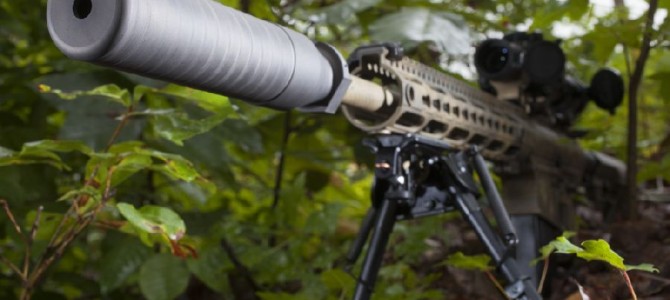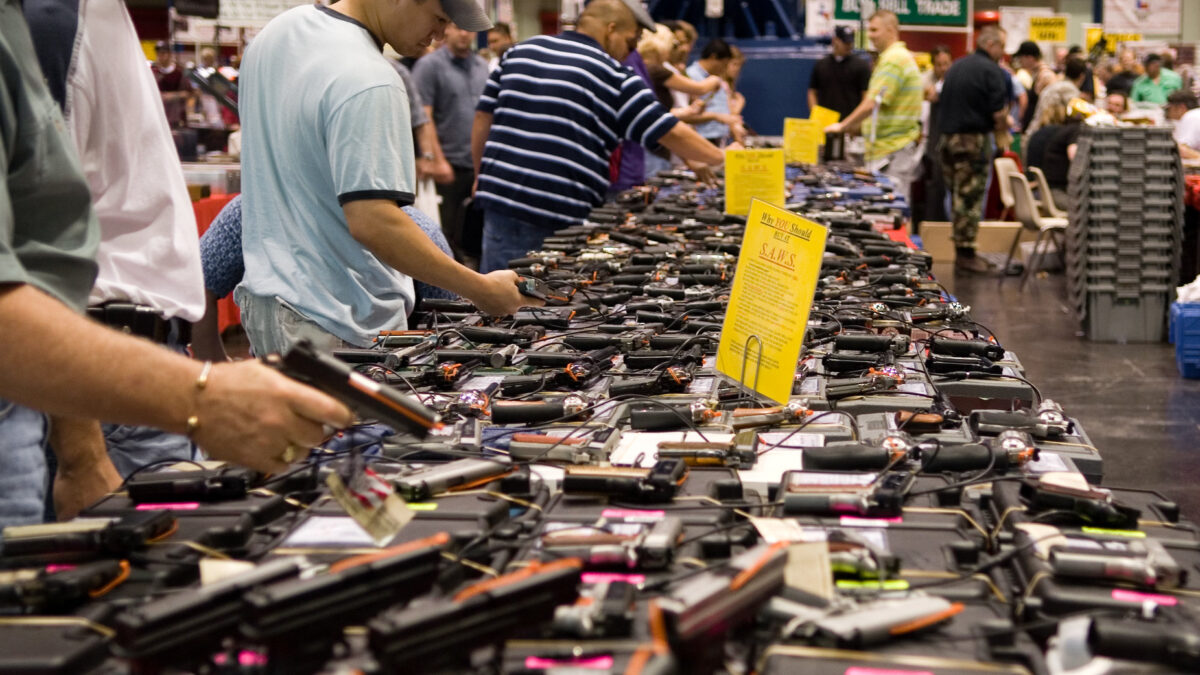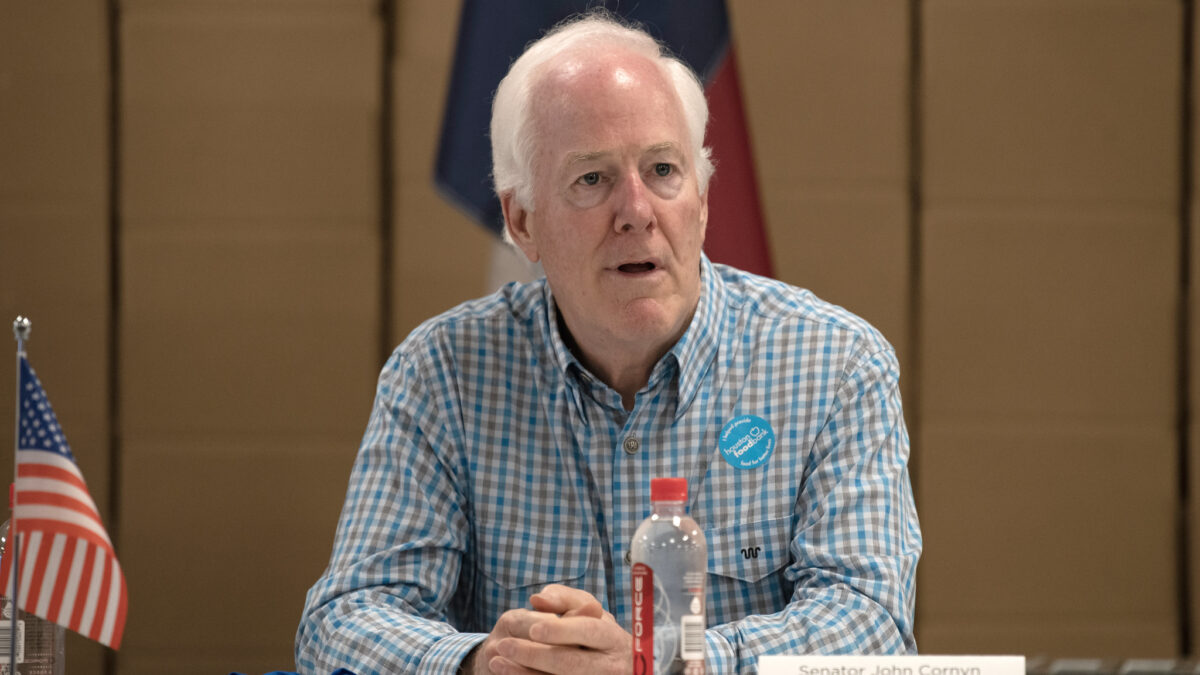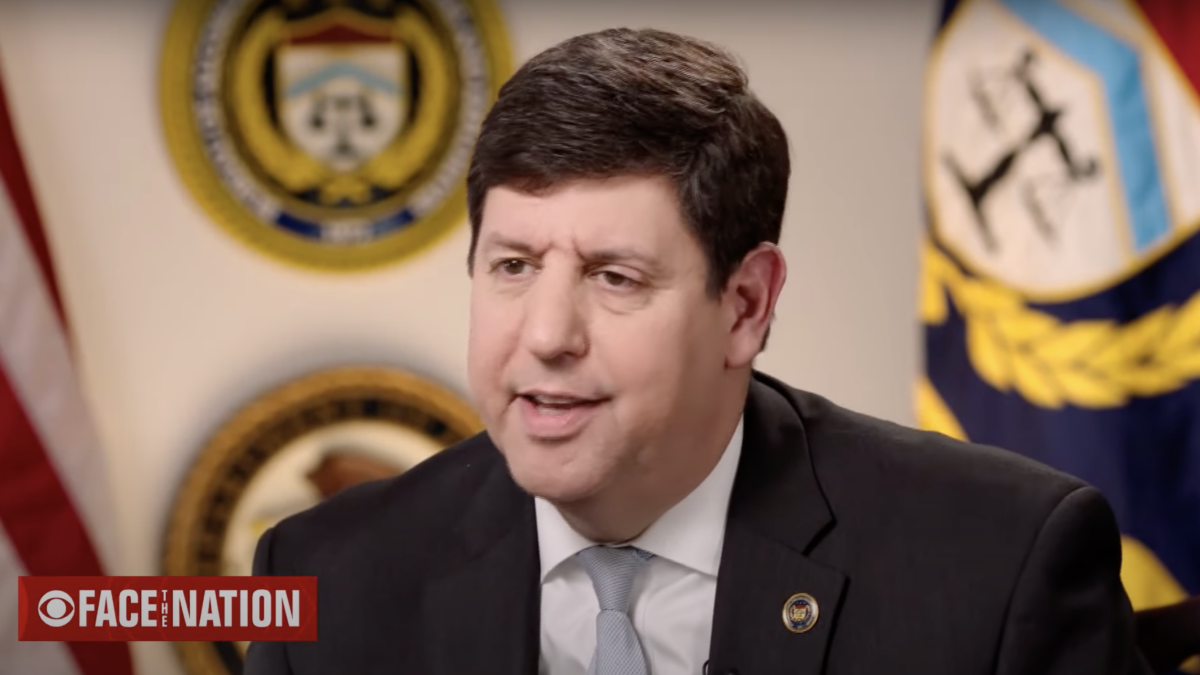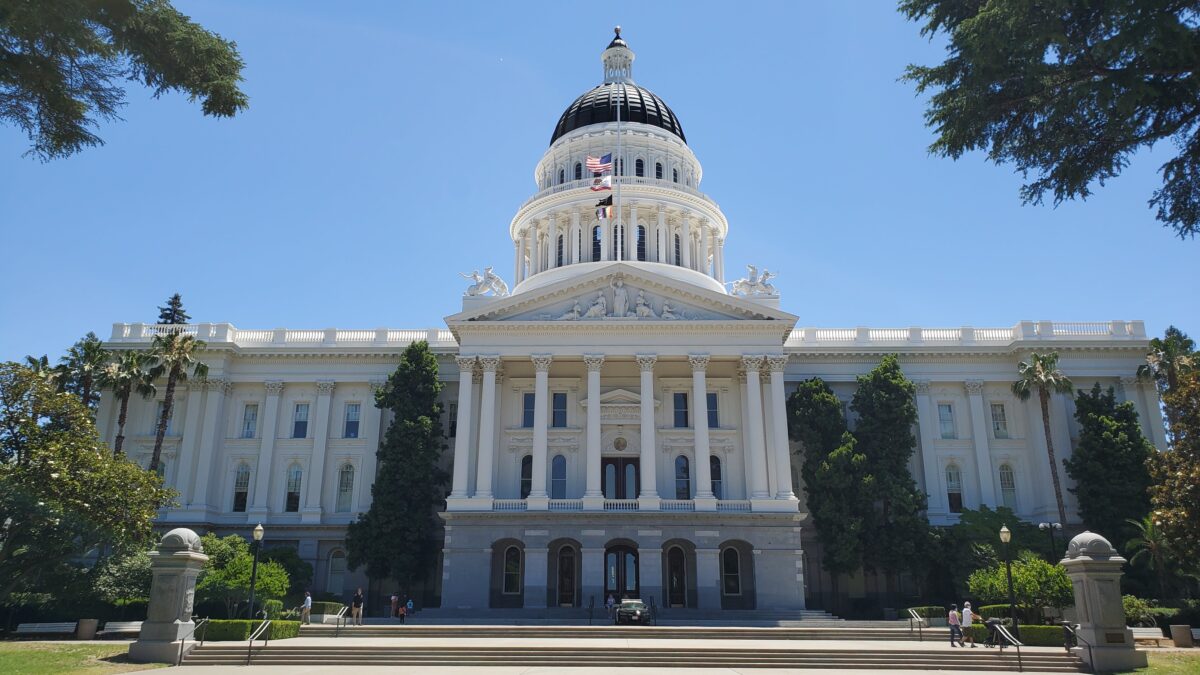First it was Katie Couric, who blatantly doctored a video in order to smear gun owners in a new documentary. Then came HBO’s Bryant Gumbel, Couric’s former sidekick, who twisted the words of AR-15 inventor Jim Sullivan to make it look like he thought the AR-15 was too dangerous for civilians.
Now the New York Times apparently wants in on the act. According to yet another Second Amendment activist, a writer for the New York Times op-ed page distorted the words of the gun rights activist to make it appear as though he favors national gun registration.
According to Jeff Folloder, the executive director for the National Firearms Act Trade and Collectors Association (NFATCA), New York Times op-ed author Alan Berlow took Folloder’s quotes out of context to give the impression that Folloder agreed with certain gun control measures.
“The primary issue is that Berlow’s selective editing gave the impression that I/we support gun registration,” Folloder told The Federalist via e-mail. “We don’t.”
Here’s how Berlow characterized his conversation with Folloder in his New York Times piece published earlier this week:
Jeff Folloder, the executive director of the N.F.A. Trade and Collectors Association, says his members have learned to live with gun registration and lose no sleep worrying about confiscation. “There are still an enormous number of people who think if they register and purchase an N.F.A. weapon, they’re giving A.T.F. permission to come knock on their door at any time, and that’s just not true,” Mr. Folloder told me. “You’re not giving up any rights.”
Folloder takes great issue with Berlow’s characterization of their conversation.
“Many of my quotes/attributions from that past interview were taken out of context,” Folloder told The Federalist. “I detailed to the author that one of the rumors that we have to constantly dispel is the fiction that registering an NFA weapons gives ATF permission to come inspect or kick in your door without cause or warrant.”
“I specifically said that registering an NFA weapon does not mean that you give up any search and seizure rights,” Folloder continued. “Of course, that morphed into ‘not giving up any rights.'”
“Berlow, through manipulation and editing, implied that I/we think that a gun registration scheme is effective,” Folloder concluded. “It’s not.”
In addition to ripping Folloder’s words out of context, Berlow also badly botched the history behind the regulation of certain items by the National Firearms Act, or NFA. Here’s what Berlow wrote about the NFA:
But the longstanding National Firearms Act not only already mandated the registration of all owners of machine guns, short-barreled rifles, silencers and other weapons deemed highly dangerous at the time, it created a national database of those gun owners with their mug shots and fingerprints, and a detailed description of each weapon purchased, including its serial number.
The characterization of a silencer–the accurate name of which is actually a “suppressor,” since it doesn’t silence a gun’s report at all–as a “weapon[] deemed highly dangerous at the time,” is laughable to anyone who’s used a suppressor or taken the time to understand the device’s purpose and history.
First developed and sold by Hiram Maxim in 1902, a suppressor is nothing more than a hollow metallic cylinder with internal baffles to help slow the diffusion of gas as a round is fired from a gun. Unlike in the movies, where a suppressor magically turns the BANG! of a gun into nothing more than a pew-pew whisper, suppressors in real life merely reduce, rather than eliminate, the noise created by the firing of a weapon.
And when the suppressor was officially added to the list of controlled devices within the 1934 gun law, it wasn’t added because it made a gun more deadly or more dangerous. It was added to help reduce out-of-season hunting and poaching on private lands by making illicit hunters easier to identify and apprehend. The reduced volume of the gun report from the suppressor made it more difficult to catch poachers.
It’s no wonder that suppressors are so rarely used in crimes in the U.S. Not only do they not eliminate the loud noises associated with firing a gun, they’re also incredibly expensive, with most suppressors costing far more than the guns they’ll be attached to. On top of that, they make weapons extremely difficult, if not impossible, to conceal. According to data analyzed by the National Shooting Sports Foundation, suppressors are used in an infinitesimal crimes not because of gun control, but because they’re just not very practical for most criminals:
Less than 0.1% of homicides in federal court, an infinitesimally low 0.00006% of felonies in California and a mere 0.1% of armed robberies involve a suppressor. Suppressed firearms are clearly not the choice for criminals. This is likely due to the fact that they do not silence firearms like in the movies, they are ineffective on revolvers, they prevent the proper function of most semiautomatic handguns without the addition of a special piston system and they make firearms longer and heavier, which makes them more difficult to conceal.
Many countries in Europe have taken a decidedly different stance when it comes to the use of suppressors. In Norway, they are completely unregulated. In Poland, they are legal and require no permit or registration whatsoever. In Sweden, all you need is a hunting license. That’s because these countries recognize that rather than making murders and assassinations easy peasy like you see in the movies, suppressors really just protect the hearing health of those who regularly use rifles. In a home defense situation, for example, the use of an unsuppressed rifle in a hallway or small, enclosed area would likely result in permanent hearing damage or total hearing loss for those nearby. But when combined with subsonic ammunition, suppressors can go a long way towards preventing permanent hearing damage. And yet suppressors remain heavily regulated in the U.S. not because they make weapons more deadly or dangerous, but because people who know nothing about them think they look scary in movies.
Berlow’s distortions and misstatements of fact weren’t the New York Times‘ first foray into shoddy anti-gun propagandizing, though. In December of 2015, the New York Times editorial page claimed that the expiration of the 1994 assault weapons ban resulted in .50 caliber sniper rifles flooding the streets because “18-year-olds” can “easily buy” them.
It would be a shocking claim, if it were true. However, the so-called assault weapons ban didn’t ban .50 caliber rifles, so it’s hard to see how the law’s expiration magically resulted in the firearm’s proliferation. And then there’s the whole easy to buy charge: a .50 caliber sniper rifle and its accessories could cost you upwards of $10,000. And on top of all that, there’s one more inconvenient fact: a .50 caliber rifle has never, not once, ever been used in a mass shooting in the U.S.
According to Folloder, the gun rights activist whose words were grossly taken out of context by Berlow, the New York Times author, the New York Times never bothered to fact-check the conversation to determine if Folloder’s words were being accurately characterized.
“For what it’s worth, the New York Times never fact checked Berlow’s quotes and attributions,” Folloder told The Federalist. “I am not surprised that I was not given an opportunity to correct the false implications.”
Which brings us back to the willful distortions from anti-gun hacks like Katie Couric, Bryant Gumbel, Alan Berlow, and the New York Times editorial page. If gun owners are so dumb and so evil, and if some gun rights activists are so on board with federal gun control schemes, then anti-gun propagandists should have no problem demonstrating those facts without having to doctor videos, distort quotes, mangle laws, misstate historical facts, and deliberately omit key context.
